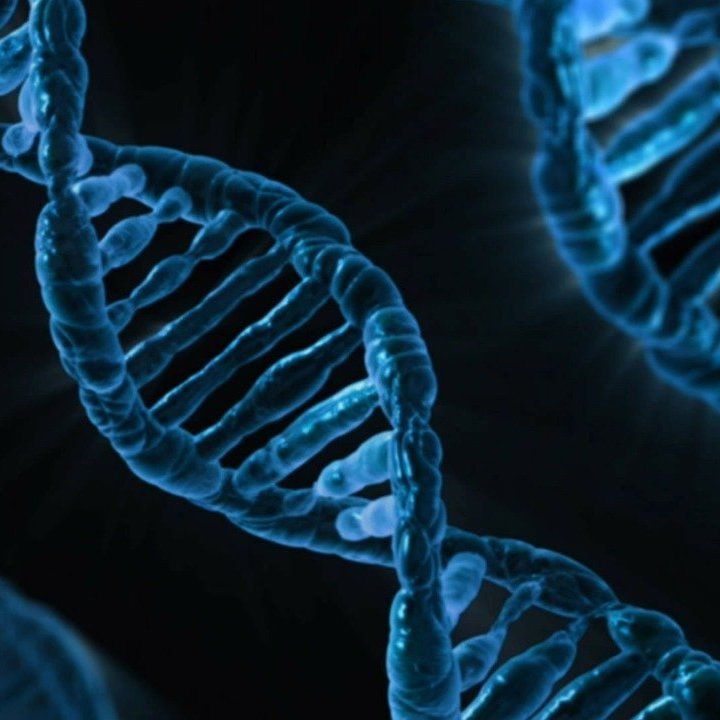Article
Gene Therapy Reduces Annualized Hemophilia A Bleeding Rate by 84% in Phase 3 Trial
Author(s):
New one-year data makes history as the first to indicate the superiority of a one-injection gene therapy versus Factor VIII prophylaxis.

Investigational gene therapy valoctocogene roxaparvovec has been associated with a mean annualized bleeding rate (ABR) reduction of 84% among patients with severe hemophilia A after at least 1 year of follow-up after a single injection, according to new phase 3 data.
The new GENEr8-1 trial endpoint data, presented by BioMarin at the JP Morgan 39th Annual Healthcare Conference this weekend, breaks ground on gene therapy capability for hemophilia A—showing the single-injection drug is superior to Factor VIII (FVIII) prophylaxis in ABR while also reducing the mean infusion rate of said prophylaxis by 99%.
Valoctocogene roxaparvovec, previously granted Breakthrough Therapy and Orphan Drug designations by the US Food and Drug Administration (FDA), received a Complete Response Letter (CRL) from the agency for its application as a therapy for adults with severe hemophilia A in August 2020. Chief among the FDA’s reasoning was the need for substantial evidence of durable ABR effect associated with administration of the therapy.
Now, with two-year follow-up safety and efficacy data planned for completion later this year, BioMarin is likely feeling more confident in a possible regulatory re-submission.
The Trial
The global GENEr8-1 trial is currently assessing single-dose 6e13 vg/kg valoctocogene roxaparvovec versus standard-of-care FVIII prophylaxis in 134 patients with severe hemophilia A, as per ≤1 IU/dL of FVIII activity at baseline
All observed trial participants had ≥12 months of follow-up at the time of the datacut, with 22 coming directly into phase 3 enrollment and the remaining 112 rolling over from a separate non-interventional study of the gene therapy.
Mean patient follow-up duration was 71.6 weeks. In the primary endpoint of ABR, single-dose gene therapy was associated with a significant reduction of 84%, from a prospectively collected 4.8 at baseline, to 0.8 (median, 0.0) bleeding episodes annually (P <.0001) among the 112 non-interventional trial rollover patients.
Beginning at week 5 post-treatment, 80% of participants were bleed-free.
Valoctocogene roxparvovec was also associated with a significant reduction in mean annualized FVIII of 99% in the same population—from 135.9 to 2.0 infusions per year (P <.0001).
Overall, patients treated with the gene therapy reported generally well tolerance, with no reported FVIII inhibitor developments or thromboembolic events.
The most common adverse event remained alanine aminotransferase (ALT) elevation, observed in 86% of participants. Other common events included headache (38%), nausea (37%), asparate aminotransferase (AST) elevation (35%),arthralgia (28%), and fatigue (27%).
Perspective
The new data support valoctocogene roxaparvovec as the first gene therapy to demonstrate ABR superiority in a clinical trial, said phase 3 investigator Steven W. Pipe, MD, in a statement.
“These data give us confidence in this groundbreaking alternative to existing therapies and bring us one step closer to a potential new treatment choice to fulfill an unmet medical need for people with hemophilia A," Pipe said in a statement. "This data set adds to the growing body of scientific and clinical data around valoctocogene roxaparvovec gene therapy for hemophilia A and creates the possibility for a new treatment paradigm."
As Guy Young, MD, director of the Hemostasis and Thrombosis Program at Children's Hospital Los Angeles, explained in a statement, standard-of-care factor replacement therapy can limit daily activity for patients with hemophilia A due to its incomplete prevention of joint disease and a high overall treatment burden due to continuous infusions.
"Novel therapeutic approaches such as gene therapy offer the prospect for both complete prevention of bleeds and subsequent joint damage and eliminating the burden associated with current treatments resulting in an improved quality of life,” he explained.
The new GENEr8-1 phase 3 trial data, historic in significance and preceding FDA-warranted approval, highlights a potential future of evolved hemophilia A care capability.
"Over the past seven years, we have conducted rigorous scientific research and clinical programs to address the unmet medical needs of people with severe hemophilia A," Hank Fuchs, MD, president of Worldwide Research and Development at BioMarin, said. “The decades-long aspirations of the hemophilia community are at the forefront of our ongoing commitment to advance this promising investigational gene therapy for the treatment of severe hemophilia A.”





